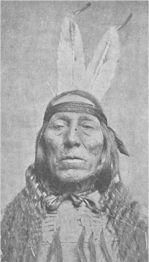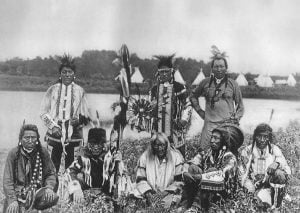History of Indian Missions in the United States
From the very discovery of America the spiritual welfare of the native tribes was a subject of concern to the various colonizing nations, particularly Spain and France, with whom the Christianization and civilization of the Indians were made a regular part of the governmental scheme, and the missionary was frequently the pioneer explorer and diplomatic ambassador. In the English colonization, on the other hand, the work was usually left to the zeal of the individual philanthropist or of voluntary organizations. First in chronological order, historic importance, number of establishments, and population come the Catholic missions, conducted in the earlier period … Read more


